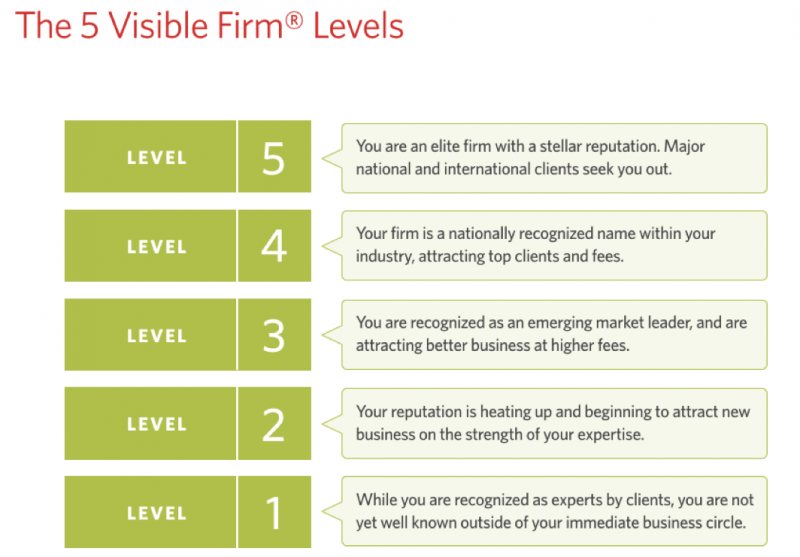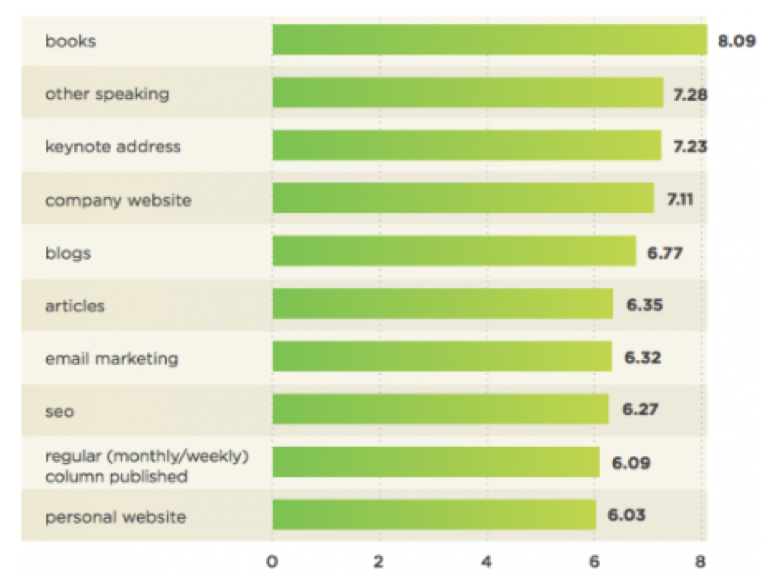Guest Contributed by Andrea S. Kramer and Alton B. Harris
Approximately 85 percent of senior corporate executives and corporate board members are white men, a percentage that has remained basically unchanged for many years.
An important key to effectively combatting the gender bias that typically accompanies such a high concentration of male power is the active support, mentoring, and advocacy by women for the advancement of other women.
Negative Consequences of Advocating for Other Women
Unfortunately, when women actively work to advance the careers of other women, they often suffer personal career penalties. This is made clear in two-related studies published together in 2017 in The Academy of Management Journal. In the first study, the researchers surveyed 350 executives about their diversity-valuing behaviors—behaviors that sought to actively promote a demographic balance within their organizations’ leadership ranks. The researchers found that no executive, female or male, received higher ratings for competence or performance when they engaged in such behaviors. But when women executives engaged in diversity-valuing behaviors, they received much worse competence and performance ratings than did women who did not actively promote gender diversity.
In the second study, the researchers asked 307 working adults to evaluate a fictitious female or male manager after the manager had hired either a woman or a man. The researchers found that both female and male participants rated the fictitious female manager as less effective when she hired a female applicant than when she hired a man. As in the first study, it made no difference to the evaluations of the fictitious male manager whether he hired a woman or a man.
In summarizing their conclusions in the Harvard Business Review, the researchers wrote:
We know that in the U.S., there is still a power and status gap between men and women. High status groups, mainly white men, are given freedom to deviate from the status quo because their competence is assumed based on their membership in the high status group. In contrast, when women advocate for other women, it highlights their low-status demographics, activating the stereotype of incompetence, and leads to worse performance ratings.
What Can Be Done to Ameliorate the Risks of Advocating for Other Women?
Anne Welsh McNulty, a former managing director at Goldman Sachs, thinks women should simply ignore the career risks of advocating for other women. She writes:
The antidote to being penalized for sponsoring women may just be to do it more—and to do it vocally, loudly, and proudly—until we’re able to change perceptions. There are massive benefits for the individual and the organization when women support each other.
McNulty’s recommendation carries substantial risk in light of the studies we cited earlier. Doubling down on advocating for the advancement of other women may be a viable strategy for senior women leaders who are secure in their positions. For women in middle and junior roles, however, it can have a real downside. That being so, how can women advocate for other women and not risk a career penalty?
There are at least two effective, relatively low risk strategies available. First, women can channel their mutual support and advocacy through their workplace networks, whether these are formal or informal. When women come together to talk and share their experiences, they see that many of their career difficulties are not unique to them but are common obstacles to the advancement of all women’s careers. Realizing they are not alone can provide women with positive benefits by increasing their self-confidence. By working together, women can concentrate their energies on concrete steps to move forward as individuals and to overcome the systemic obstacles negatively affecting women’s careers generally.
The second strategy is to enlist senior male leaders as allies in the effort to advocate for the advancement of women. Obtaining committed male allies is an important step toward changing the discriminatory nature of gendered workplaces. When men stick up for women at meetings, ask women to elaborate on the points they make, praise women for their contributions, and make sure that women are seen as valued team participants, this sends a strong message to other men that women are serious players. And, when men call out incivility, snubs, and microaggressions against women, they can often be effective in ending these biased practices.
Women may be at their best when, as Sophia A. Nelson has written they know other women “are at their sides and have their backs,” but active male support is also a very effective way to break through gender bias.
The Way Forward
Women working together collectively with strong male allies have the potential to make significant progress toward moving more women up and into senior leadership positions. It is important, however, for everyone to recognize advocacy is not enough. The focus needs to be on changing workplace practices and policies to interrupt the discriminatory operation of gender bias by stripping as much subjectivity as possible out of the assignment, evaluation, compensation, and promotion processes. Gender bias can only do its discriminatory mischief when gut instinct, personal preference, and feelings of comfort and familiarity are allowed to play major roles in career-affecting decisions.
It must also be remembered that the negative consequences for women’s career opportunities of there being concentrated, entrenched male power at the top of our major organizations is not going to be changed overnight through fundamental, culture-altering changes. Significant gender diversity in senior leadership is only going to come about through what Shelley Correll at Stanford University calls “small wins,” that is, “concrete, implementable actions … of moderate importance [that] produce visible results.” When a small win is achieved, “it often creates new allies and makes visible the next target of change.”
When women work collectively with male allies to rid their organizations of subjective evaluations and concentrate on small wins, women supporting other women would no longer be dangerous to their careers.
About the Authors
Andrea S. Kramer and Alton B. Harris are authors of It’s Not You, It’s the Workplace: Women’s Conflict At Work and the Bias That Built It (Nicholas Brealey/Hachette 2019). Andie and Al have both served in senior management positions and have in-depth experience with all aspects of personnel management including recruiting, hiring and firing, individual and team supervision, compensation, and promotion. For more than 30 years they have worked to promote gender equality in the workplace.
The opinions and views expressed by guest contributors are their own and do not necessarily reflect those of theglasshammer.com












